Edge devices are a fundamental component of modern, distributed real-world AI systems. In the early days, Internet of Things (IoT) devices could only collect and send data to the cloud for analysis. However, the increasing computing capacity of today’s devices allows them to perform complex computations on-device, resulting in edge computing. As a result, edge computing extends cloud computing capabilities by bringing services close to the edge of a network and thus supports a new variety of AI services and machine learning applications.
What is Edge Computing?
Edge computing is transforming and revolutionizing how data is being managed, processed, and delivered from billions of devices worldwide. The huge increase in the number of IoT data sources (cameras, sensors, embedded systems, personal devices) will give rise to network-edge computing. The approach moves data pre-processing, local storage, and filtering close to the data sources.
High-speed networking technologies, including 5G networking, enable edge computing devices to accelerate the development and deployment of real-time applications. Such applications include robotics, video processing, smart video analytics, artificial intelligence (AI), autonomous driving, medical imaging, machine vision, industrial inspection, etc. The video shows applications built using the edge computer vision platform Viso Suite.
In its beginnings, edge computing was assigned to mitigate bandwidth costs for data traveling long distances due to the exponential growth of data generated by IoT. However, the technology is now progressing because of the rise of real-time applications that need processing at the edge. Among a wide range of advantages, the data reduction at the network edge (connected edge devices) can prevent bottlenecks and dramatically lower storage, energy, and bandwidth costs.
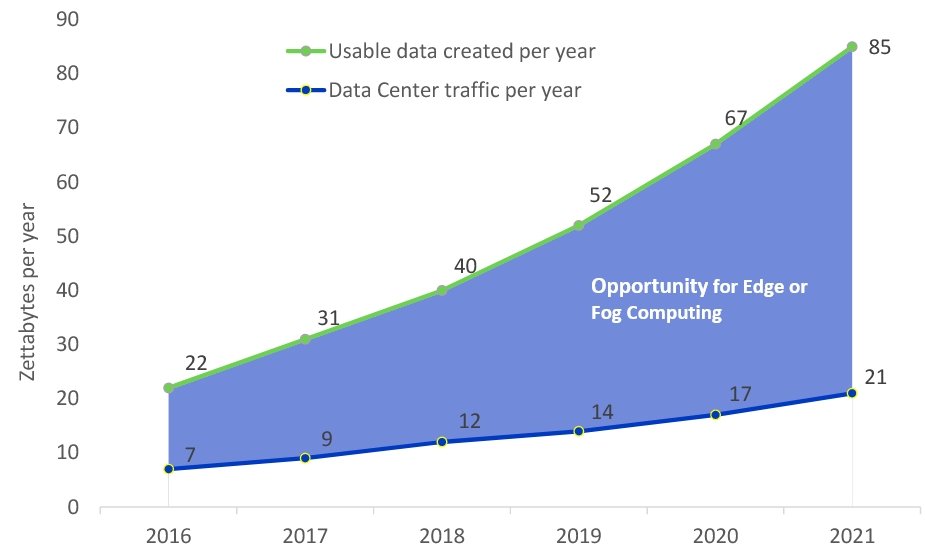
Definition of Edge Computing
So, what exactly is edge computing? According to Gartner, edge computing is a part of a distributed computing topology in which data processing is situated close to the edge, where devices or people produce or ingest that data.
Advantages of Edge Devices
At its basic level, edge computing is a technology that brings data storage and computation closer to the hardware where its collection is taking place, rather than depending on a central location located several miles away. Hence, edge devices extend the cloud to a network of connected local edge nodes.
As a result, information — particularly real-time information — does not suffer latency issues that can affect the performance of an application. Moreover, businesses and organizations can save money by getting the data processing done locally. This will reduce the amount of data that needs to be processed in a cloud-based location.
Edge computing was introduced because of the enormous growth of IoT devices, which connect to the internet to transmit information to the cloud or receive data from the cloud. A lot of IoT devices generate huge volumes of data during their operations, especially when processing the data of cameras (visual sensors).
While a single device can transmit data across a network effortlessly, issues arise when hundreds of devices are transmitting data simultaneously. Not only does it affect the quality because of latency, but it also increases the bandwidth costs and leads to bottlenecks that can cause cost spikes.
Edge computing devices and services help solve this issue by being a local data processing and storage source for these systems. In addition, it acts as an edge gateway capable of processing data from an edge device and transferring the relevant data back through the cloud, reducing bandwidth needs.
The decentralized character makes the system much more robust since the individual edge nodes can operate autonomously and provide offline capabilities. Hence, mission-critical AI applications depend on highly reliable infrastructure that only edge computing can provide.
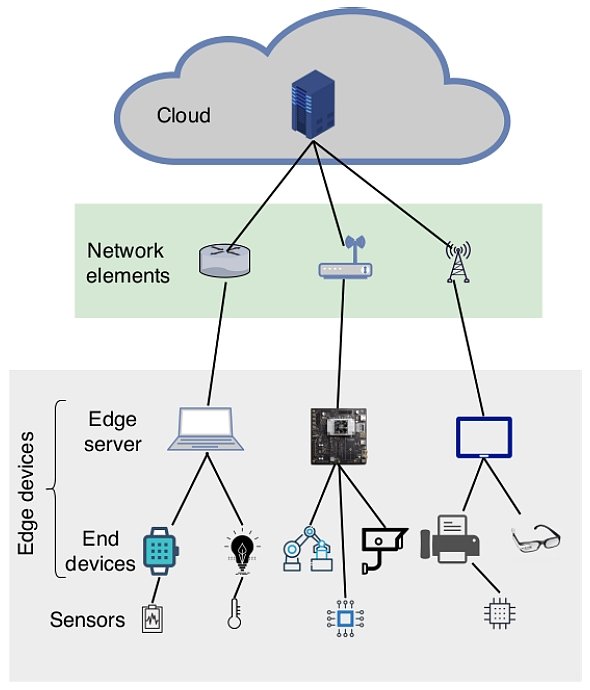
What are Edge Devices?
Edge devices are computing devices that process data on a local level and transmit data to the local network and the cloud. These devices can thus translate between the protocols or languages that local systems use into the protocols where data is further processed.
Bluetooth, NFC, Wi-Fi, and Zigbee are the protocols used by local devices, while AMQP, HTTP, MQTT, and CoAP are the protocols used by the cloud. For IoT data to travel between local devices and the cloud, an edge device is used. Such a device serves as a Smart Gateway and translates, sorts, and securely transfers data between the cloud and local devices. Without an edge device, the information cannot reach cloud services, as it is incompatible with deep analysis.
Since there is no narrow definition, edge devices can be IoT computing devices, smart cameras, embedded computers, mobile devices, and even smart TVs or other connected devices. However, any edge device needs some sort of computing capabilities, and a sensor itself or a low-power IoT chip is not considered an edge device. Yet, such sensors are usually connected to edge devices.
IoT Edge Device Use Cases
Edge devices are essential for modern enterprise IoT implementations, particularly for tasks that require connecting the physical world to provide real-time data analysis.
Business Advantages of Edge Computing
IoT edge devices provide a feasible, low-latency solution for local data analysis. Such devices have the following advantages:
- New business opportunities through real-world applications: IoT edge devices enable new business opportunities through increased cost-efficiency, ability to scale, and self-monitoring. Edge applications can be rapidly replicated by increasing the number of nodes.
- Equip machinery and equipment for condition monitoring: In combination with sensors or cameras, IoT edge devices can be used to remotely track the usage of equipment or spaces. An example is the visual inspection of machines in manufacturing.
- Improve uptime, lower maintenance costs, and automate operational workflows. IoT edge devices are used for smart city or smart factory use cases to predict issues and provide critical information in real time. Popular use cases involve automating human tasks, for example, to monitor label compliance.
- Prevent business interruptions and breakdowns: Some of the highest-value applications of IoT edge devices involve the detection of anomalies and issues that would lead to costly business interruptions that could quickly cost millions. Examples include the detection of machinery malfunction or goods management in logistics.

Advantages of Edge-Cloud Systems and Benefits of Edge Computing
Edge devices transfer both local and cloud data through their respective protocols. Therefore, IIoT systems leveraging edge devices use the benefits of storage, real-time local analysis, and cloud-based analysis in combination. The edge-cloud architecture brings the following advantages:
- Redundancy and access to data from anywhere in case of disaster make Edge-Cloud systems very robust. Remote edge device management allows for the high flexibility of modern edge systems. Some systems create cloud device twins of the individual edge devices to recover edge nodes in case of failure or when hardware needs to be replaced/upgraded.
- Seamless scaling of edge nodes allows to continuously add or remove edge devices to the network. As new edge devices are enrolled, real-world systems can be deployed at scale.
- Reduction in computational costs is a major advantage. Storage and computing resources in the cloud are still very expensive, especially for computationally intensive tasks such as computer vision with neural networks. Although recourses on edge device-level are scarce, it is much more cost-efficient to process data locally and therefore transmit significantly less data to the cloud.
In any case, cloud computing needs network connectivity, needs dependency upon third-party security, comes with privacy concerns due to data in transmission and external storage, and increases latency over local computing. On the other hand, edge computing provides feasible, scalable, low-latency computing.
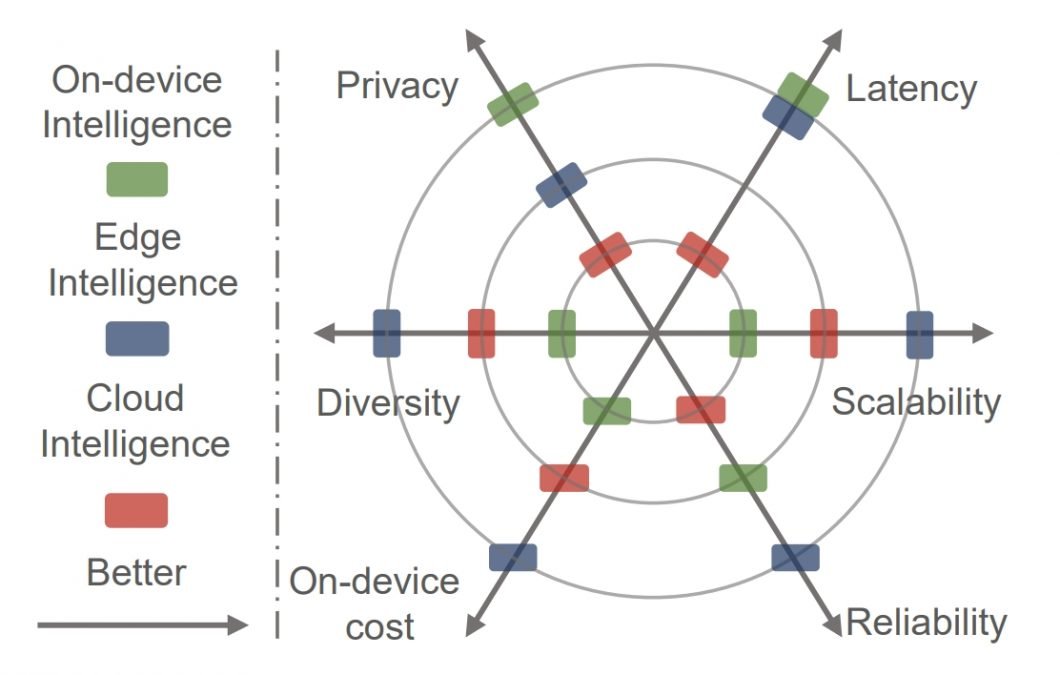
Mission-critical Edge Applications
Certain business requirements can only be fulfilled with edge computing, for example, if network connectivity is limited or temporarily unavailable, high-security applications (critical infrastructure, public safety organizations, and government), and applications that require a high level of privacy (intellectual property, privacy laws).
Using Edge Devices to Power AI Systems
The world’s biggest telecommunication and logistics providers, retailers, and e-commerce companies are moving to edge AI, to build and operate smart and intelligent systems. AI-driven inventory management, smart video analytics, and customer and store analytics provide better margins and a roadway to improve the customer experience and increase the efficacy of operations.
Examples of Edge Devices
Popular Edge Devices include embedded computing platforms such as the Intel NUC or SoC computers. There is no definitive form factor, hence edge computers can also be edge servers, mobile devices, or essentially any desktop computing device with regular or embedded hardware (on Intel, AMD, or ARM platforms).
For instance, with the help of the NVIDIA EGX platform, Walmart was able to compute in real-time over 1.6 terabytes of data generated a second. The platform leverages the potential of AI for a wide range of tasks such as opening new checkout lanes, automatically alerting employees to restock products, or fetching shopping carts.
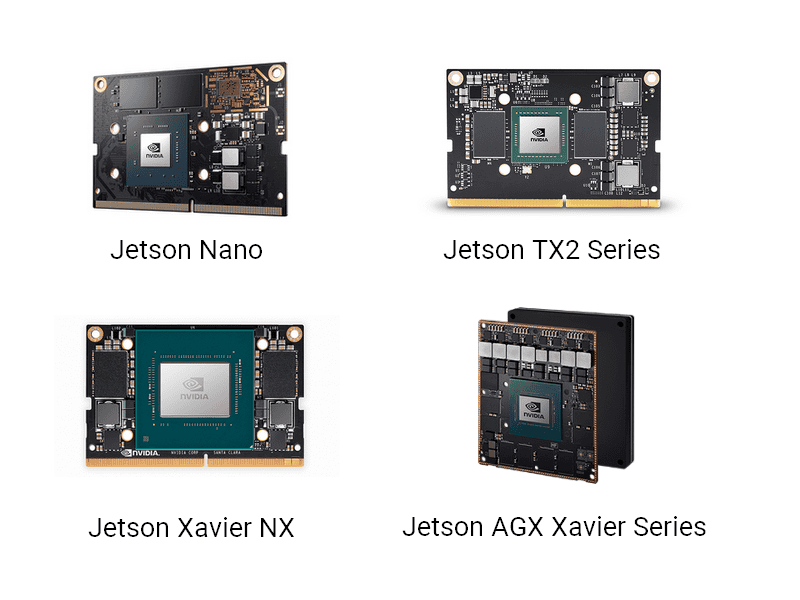
IoT cameras numbering hundreds or even thousands can feed AI image recognition models processed in stores by NVIDIA EGX. On the other hand, Jetson Nano can manage smaller networks of video feeds in remote places. In addition, fully autonomous conversational AI robots driven by Jetson AGX Xavier and run by NVIDIA Isaac for SLAM navigation can track stores.
Irrespective of the application, Jetson GPUs and NVIDIA T4 at the edge offer a robust combination for Smart video analytics and machine learning (ML) applications. Leveraging edge AI, telecommunication companies can deliver next-gen customer services and AI solutions, thereby developing new revenue streams.
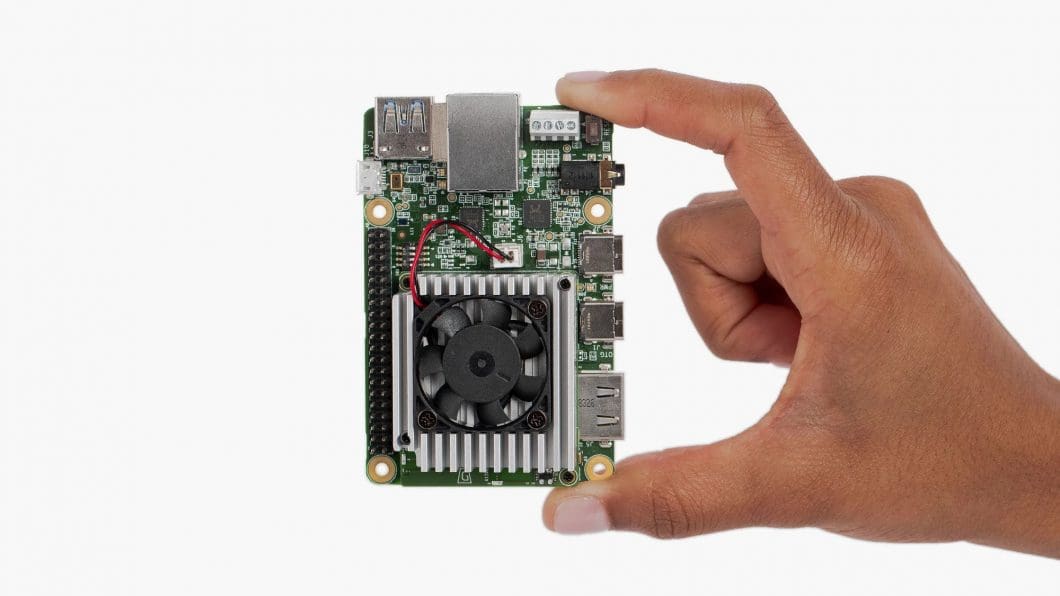
Selecting the Best Edge Device
Using AI accelerators and modern co-processor chips, any computing device can perform on-device machine learning. While there are large differences in the computing performance and technical architecture of edge devices, recent trends led to AI model optimizations to significantly lower the size of neural networks and dramatically increase their efficacy. Special variants of AI models (for example, TensorFlow Lite) are optimized for deployment to low-power edge devices.
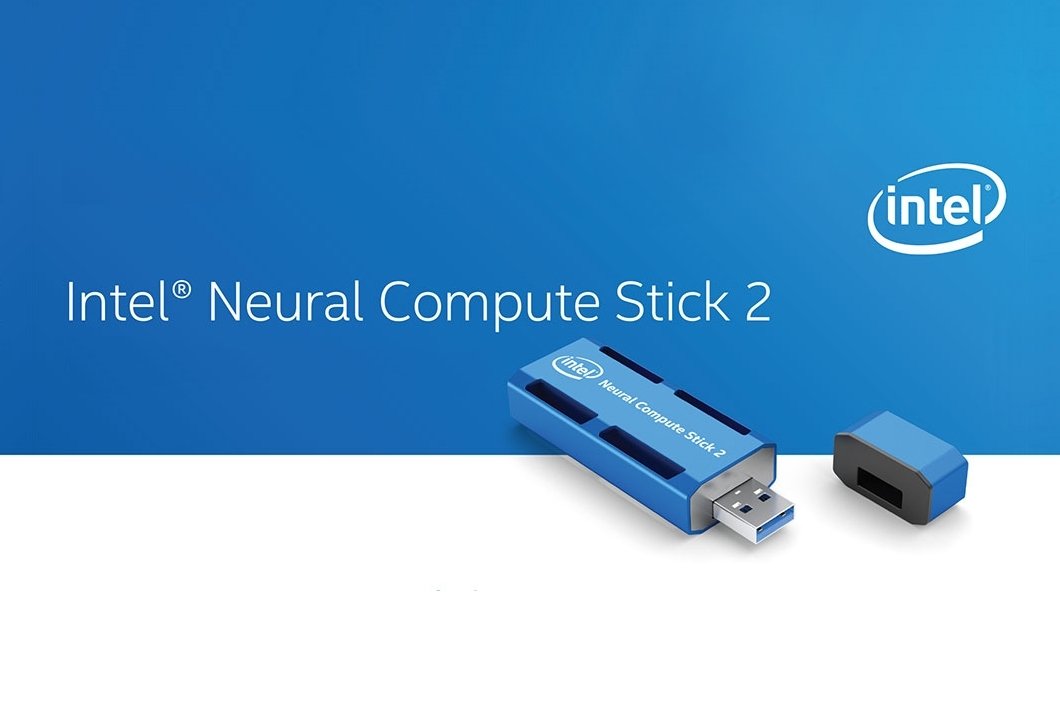
Therefore, it is very challenging to compare intelligent edge devices. Additionally, the application design and selection of the deep learning model and its framework greatly determine the cost/performance efficacy. Due to the rapid advances of recent years, it has become possible to replace expensive and energy-hungry GPUs with scalable, low-cost hardware that costs a fraction of the price at comparable performance.
Overall, it is most important to select a computer vision application platform that allows cross-architecture deployments so that migrating to updated hardware is possible. The technical agility will heavily impact the future agility and value of the edge AI system. You might want to check out our platform Viso Suite which allows enrolling and managing any edge device.
Edge Devices: Related Topics and Learning
We constantly research and cover topics about edge AI, computer vision, and deep learning. Check out our other articles about similar topics: